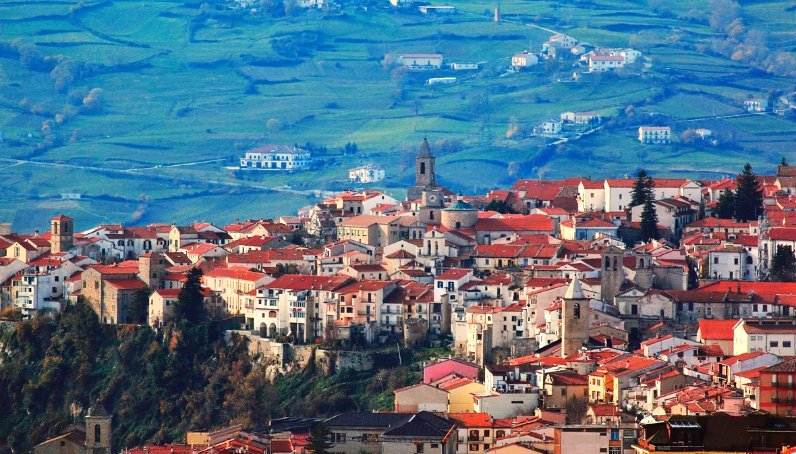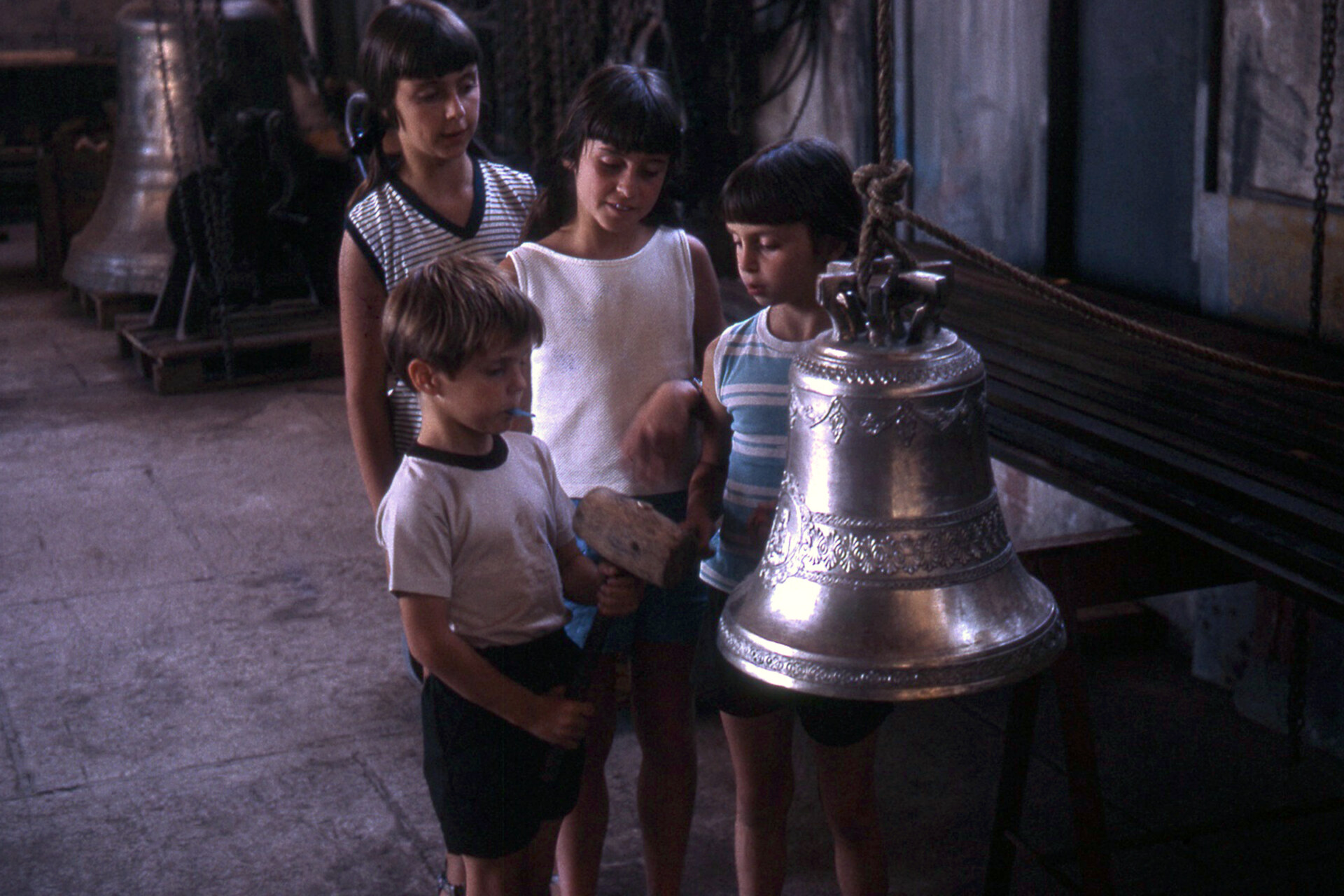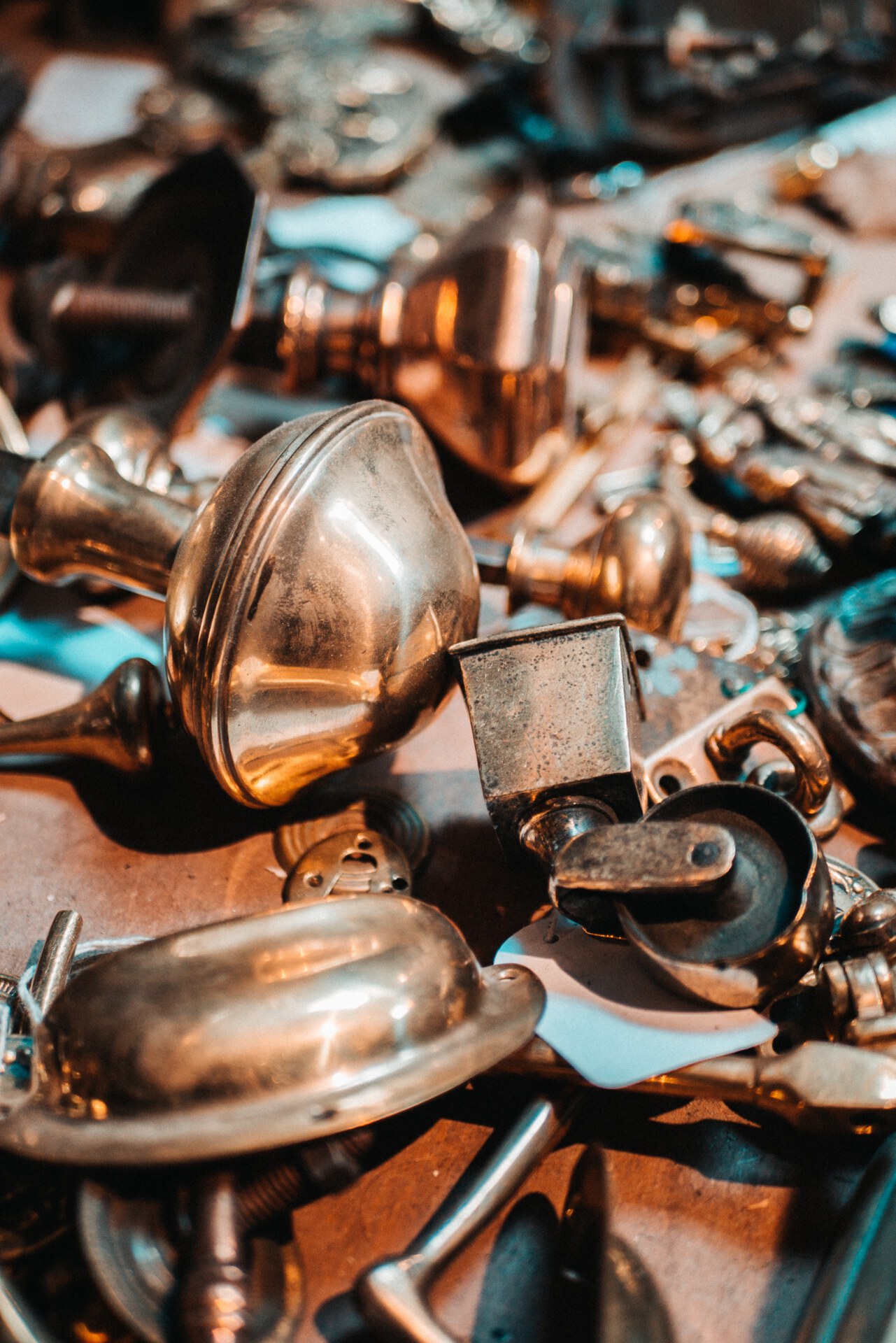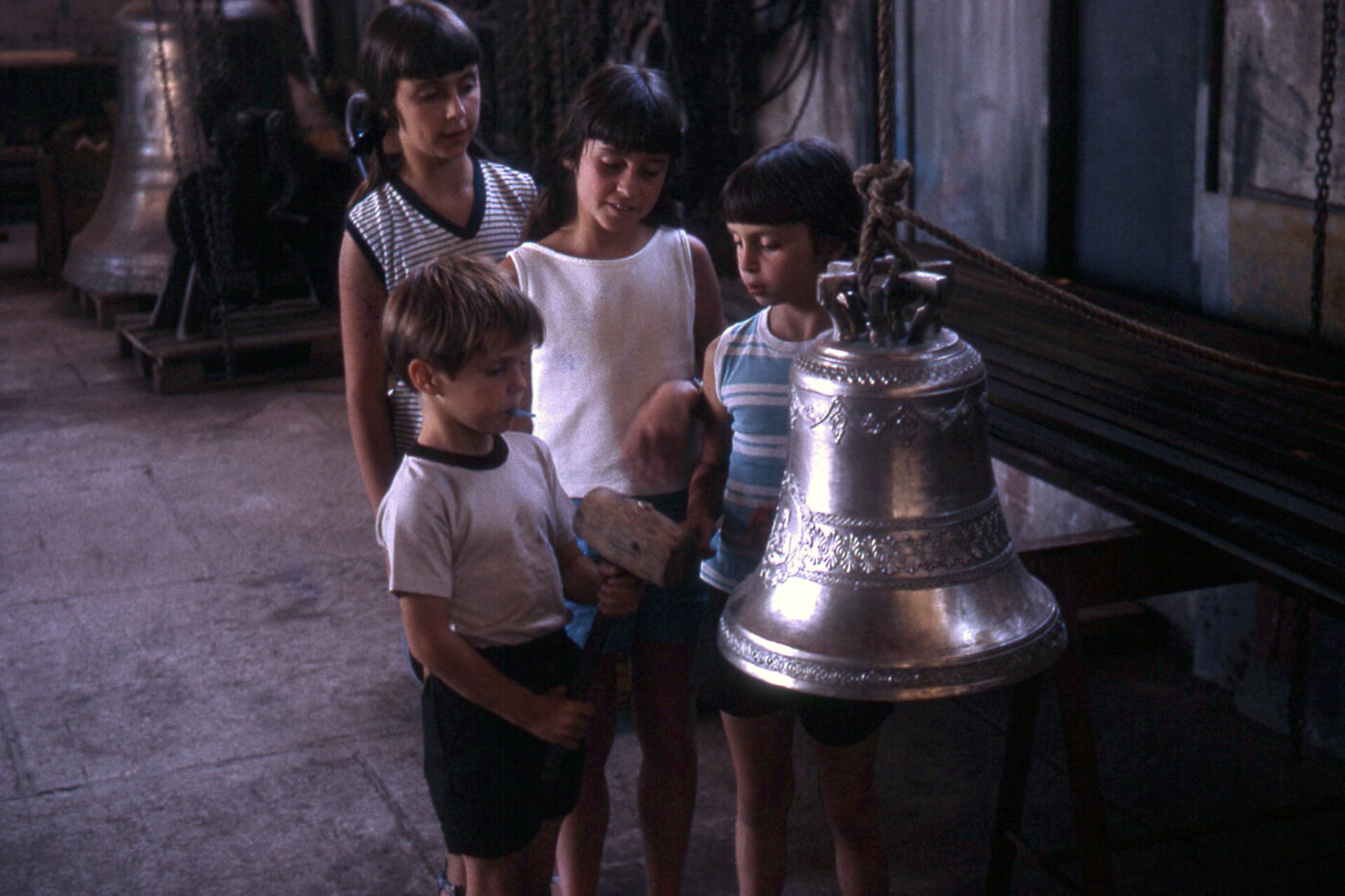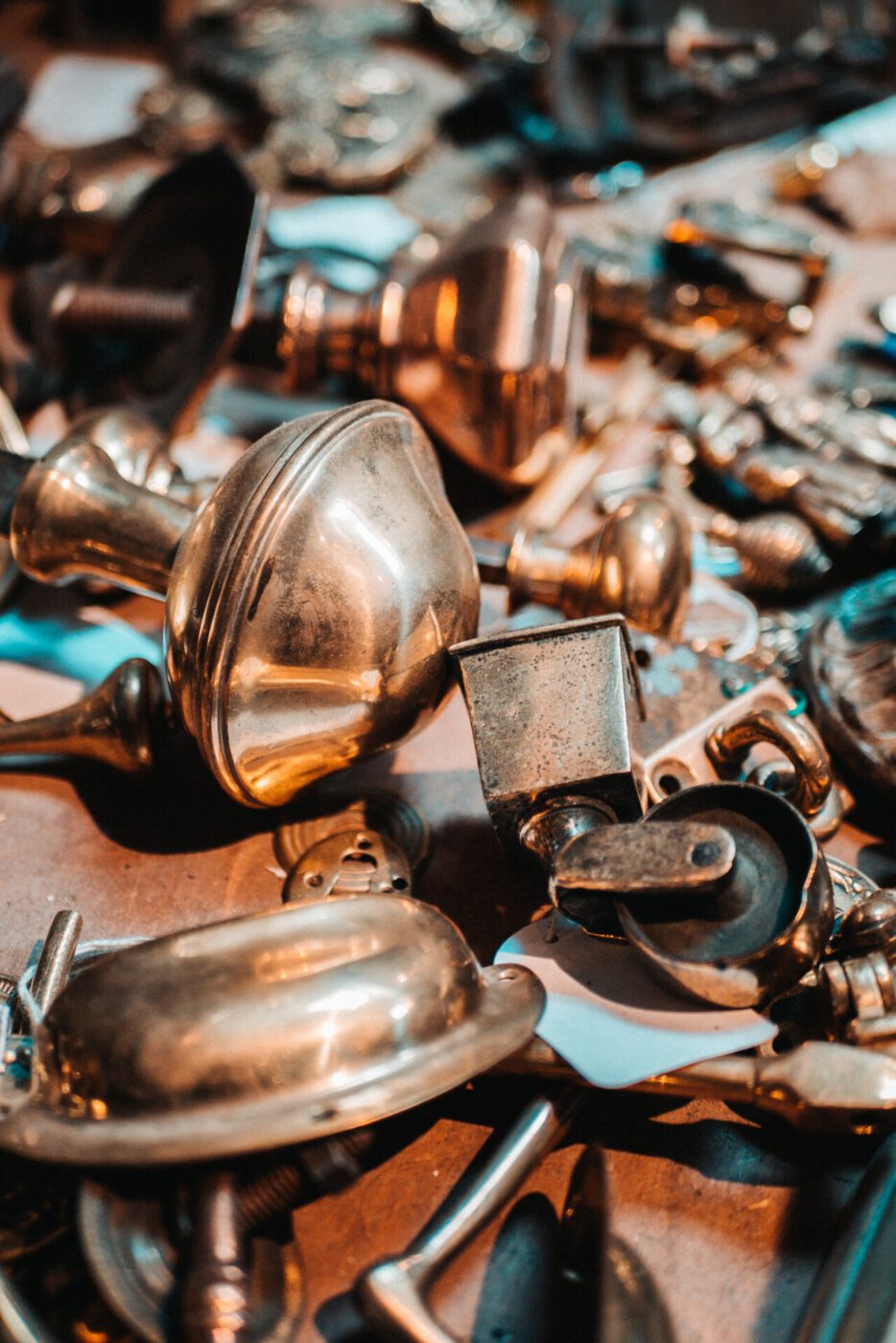La Ramera of Francesco Gerbasi is a wide, one-story structure whose ordinariness, from the outside, belies the treasure trove that it contains. Upon crossing the threshold there is no mistaking what this place is all about—a workshop, store, and museum honoring Agnone’s centuries-old history of copper production. Even on a cloudy day, the room vibrates with slivers of light that bounce from one copper surface to the next. Shelves, tables, and cabinets are filled to the brim with copper objects large and small, functional and decorative. Deep, lidded pots conjure visions of the various pastas I’ll prepare with my new lineup of copperware, while daintier items, like the tin-lined olive oil dispensers, are the stuff of a seventeenth-century still life. “Some are towns of contadini, but Agnone is a paese artigiano, a town of artisans,” current proprietor Franco explains of the borgo that has hosted his family for seven generations.
Agnone is situated in the mountainous, sparsely populated region of Molise–more specifically, the province of Isernia. It’s just a two-hour drive from the chaotic city of Naples, but with its lush, swelling peaks and fresh air—and no coastline in sight—it might as well be a different planet. Like much of the Italian peninsula, Isernia is dotted with small towns, or borghi, separated by ribbons of heavily forested hills. When Franco calls his hometown a paese artigiano, he’s comparing it to the constellation of borghi scattered about the Molisan countryside whose industries tend towards the agrarian rather than the artisanal. Agnone, however, is different, a small hilltop village of disproportionate centrality to the history of craftsmanship in Italy.
There is no singular explanation for why Agnone came to be known for copper, as it is not a region known for an abundance of the mineral. It is likely that a pre-existing tradition of copper production achieved widespread acclaim during the period in which Agnone was part of the Kingdom of Naples (from the late 15th century until the unification of Italy). Noble families in the capital city of Naples maintained their feudal holdings in the countryside, thus facilitating exchanges between the urban center and its various rural outposts. By the 15th century, Agnone had already laid out a charter regulating the production of copperwares in the city. The use of iron to reinforce the lip of a copper bucket, for instance, was a punishable offense as copper products were sold by weight and iron was much heavier, Franco explains, noting that all of the relevant documentation is preserved in the local library and archive. These very archives confirm the presence of a whopping 171 copper workshops in 1753.
A slightly later source portrays the land surrounding Agnone as mountainous and forested, with the nearby Verrino River powering flour mills and “machines for copper work,” or foundries. Like Franco, this author describes Agnone as a “manufacturing city” which, in addition copper production, was also known for its goldsmithery, iron and steel works, and the one-thousand-year-old Marinelli Bell Foundry. This family-run operation has supplied bells to the likes of Saint Peter’s and the UN’s Food and Agriculture Organization (FAO) in Rome, as well as a replica of the original seventeenth-century bell in the Leaning Tower of Pisa. Centuries ago the Marinelli bells were fashioned with iron alone, but processes of trial and error revealed that bronze, an alloy consisting mainly of copper, was preferable due to the sweet sound it yielded when struck. A noontime stroll through the historic center of Agnone will prove just this, when the pealing bells of San Marco overflow the streets with an eerie and sonorous clang. Marinelli bells chime throughout the Italian peninsula, and even abroad, but few are aware of their historic makers.

The Pontifical Marinelli Foundry
One of Agnone’s river-powered copper foundries is the Fonderia Fratelli Cerimele, which was active until the 1970s and is available to visit still today, as long as Franco, the key-bearer, is not otherwise engaged. Even in his absence, the drive down from the hilltop Agnone to the banks of the Verrino River is well worth the trip. You can lunch at one of the picnic tables in the presence of the very buildings that sustained Agnone’s industry for centuries. Some of these housed the foundries themselves, where the coordination of wheels, hammers, pulleys and stoves allowed for the transformation of raw material into sheets of copper (Franco’s museum has reconstructed these workspaces for those who are unable to visit the original foundries). Today much of this work has been mechanized, though the process of adding designs to copper surfaces remains the product of a skilfully-wielded hammer.
Near the foundry is another structure which served as the living quarters for those who worked there. The coppersmiths would spend more than half of each week by the river—eating, sleeping and fashioning sheets of copper—and ascend to the town just once a week for a few days before starting the cycle all over again. From these foundries the workshops in town would obtain their copper in the form of rectangular sheets or disks. Then the craftsmen would refine, clean and shape the copper into a variety of usable wares. One of the most typical of Agnone is the trmaun, a roughly three-liter vessel with handles meant to be carried on one’s head, traditionally used for preserving water. Thanks to the antibacterial properties of copper, just 15 to 20 minutes in a trmaun was enough to render the river water safe for drinking.
Copper is especially well-suited for cooking, as it is a metal that heats quickly and evenly, ensuring that food will not burn on the bottom. Most copper cookware is lined with tin, a modern invention to prevent adverse reactions that can arise from copper’s prolonged exposure to fats or acids. Franco also revealed a local secret: a bit of copper wire, or even water that had been purified in copper, is sufficient to repel pests from crops. The broad utility of copper has buoyed Agnonese civilization for centuries. Its antibacterial properties meant townspeople could safely store water for long periods, and this was important as the nearest water source was the Verrino, a full day’s walk downhill. This region of Molise was also central to Italy’s livestock raising and transhumance. Beginning in the 15th century, sheep from Agnone and the vicinity would migrate down to Puglia for the mild winters; and the shepherds, so the story goes, would balance their lightweight copper cooking vessels on either side of their ruminant companions.
For those, like me, who have always been copper-curious but deterred by the cost, a visit to Agnone is quite literally worth your while. The shop adjoining Franco’s museum, which was established by his ancestors in 1856, is one of several in the town offering copperware at a fraction of the prices you’re likely to find at large, commercial retailers.
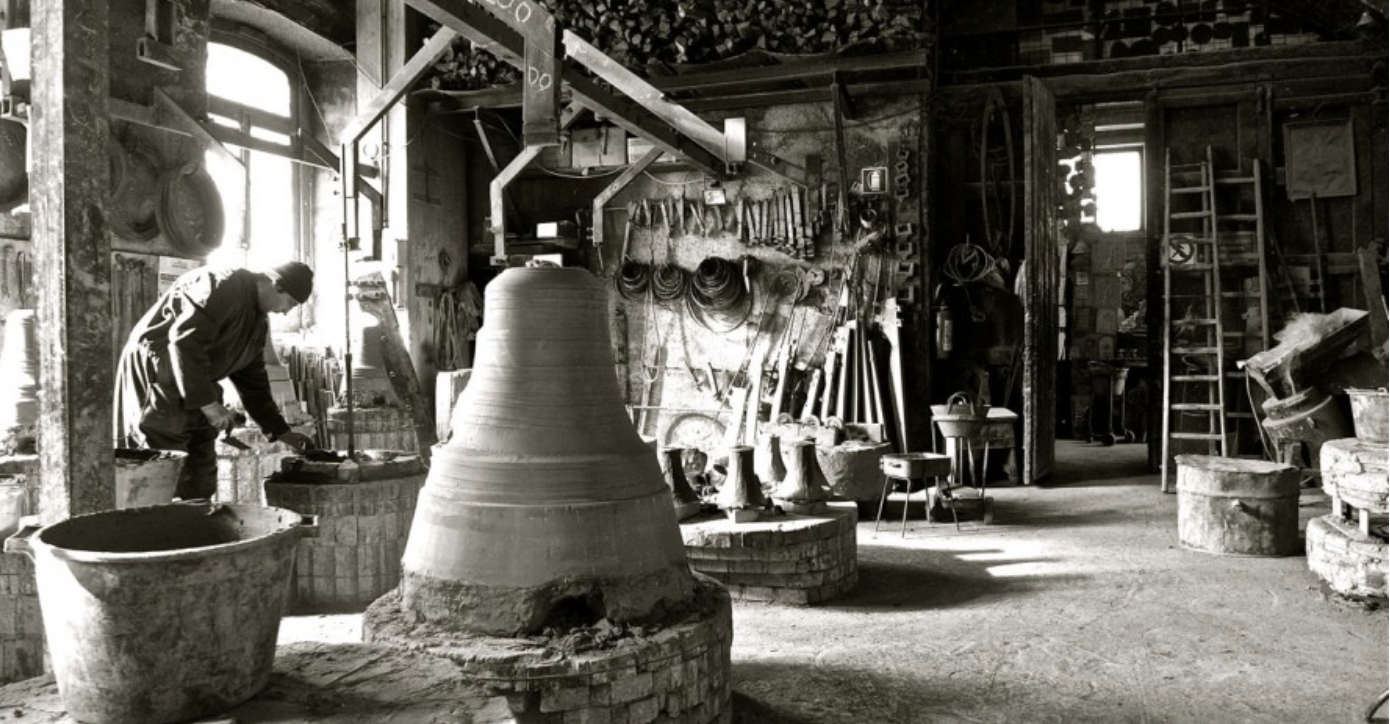
During my time in Agnone, I stayed in the Masseria Acquasalsa, a stone farmhouse turned B&B set a few hundred meters off the region’s main thoroughfare, the Fondo Valle Verrino. The owner, Armando, adorned the walls of these cozy apartments with dozens upon dozens of copper cookware, all made by his ancestors. By chance, Armando’s grandmother Letizia was one of the Cerimele clan whose foundry I had just toured. Armando told me that nearly every inhabitant of Agnone was involved in copper production until the end of the WWII and the emergence of aluminum. Suddenly, copper became obsolete, as aluminum was quicker to produce and infinitely cheaper. Today there exist just a handful of botteghe who together ensure that the history of Agnone’s copper production remains alive.
I like to think that we are now turning away from the mass-produced and once again towards the artisanal. We are witnessing a renewed appreciation for all that is handmade, natural, and the fruit of generations of inherited knowledge. Agnone’s copper is just this, centuries’ worth of traditions passed from parents onto their children, and on and on, confirming that the history of this paese artigianato is bound up with families like the Cerimele and Gerbasi. And the pots themselves will transcend generations, too. Though the shiny, auburn exterior may darken, Franco Gerbasi has been cooking with the same copper for decades.
If you visit the province of Isernia at the right time of year, you will witness a rugged horizon blanketed in red, orange, and yellow foliage. Narrow, winding roads will take you from one town to the next and up into the peaks where the fog hovers seemingly indefinitely. Just thirty minutes by car from Agnone is the town of Capracotta, known for its skiing and cycling culture, and if you visit make sure to eat at Ristorante L’Elfo for seasonal, local dishes like bean and leek soup. Civitanova del Sannio, another Molisan borgo in the area, hosts an evening of cantine aperte, in which a modestly-priced ticket will allow you to taste wines and snacks from local producers. Tintillia is the rich, warm red for which Molise is known, and as far as I am concerned, it is meant to be sipped on a cold fall night in the streets of a mountaintop borgo.
The running joke amongst Italians and Italophiles is that Molise non esiste; the region is the second-least populous in Italy and only came into being some 50 years ago. But the land, its towns, and its artisans all preserve vestiges of a culture very much alive and absolutely worth visiting.
